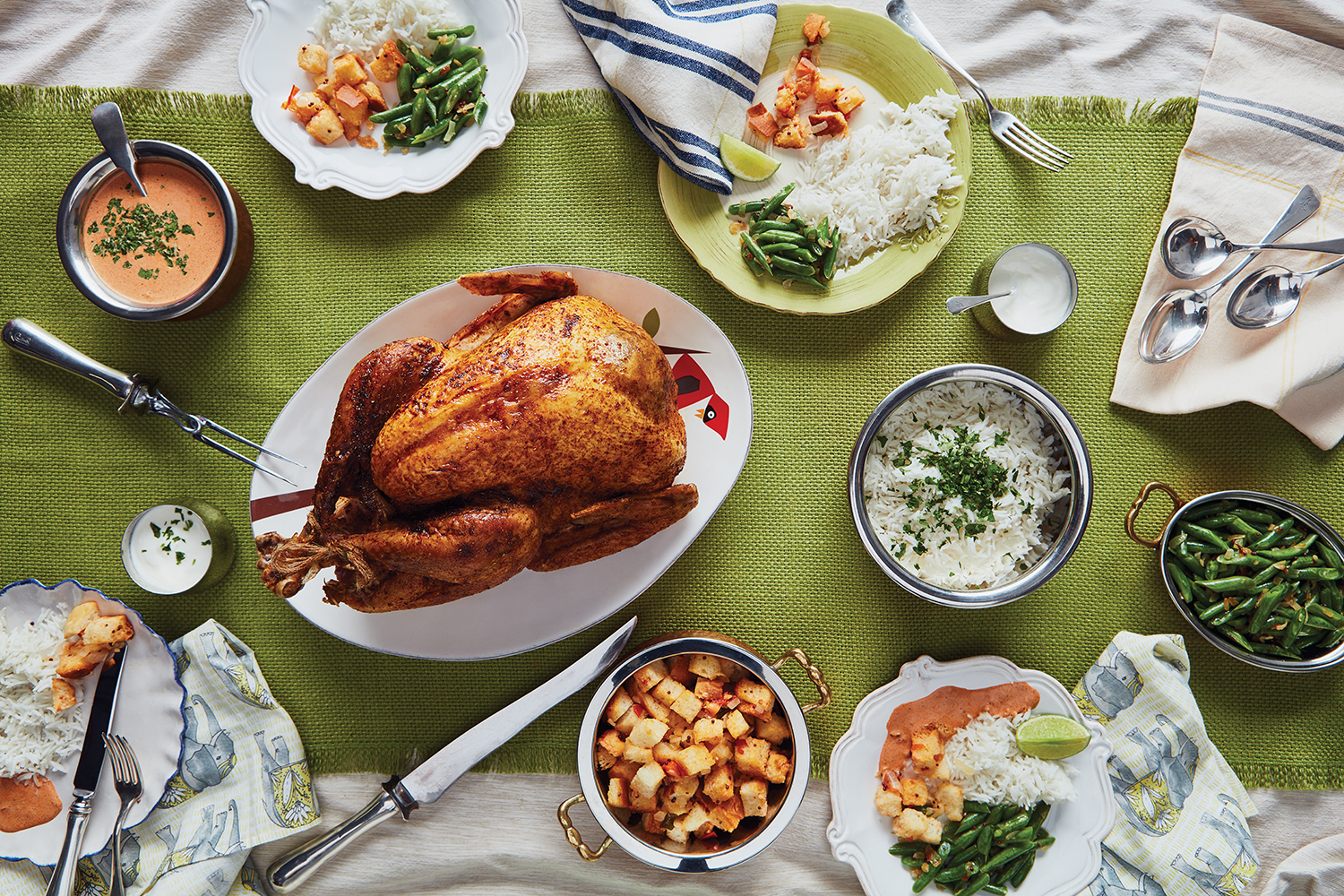The church loudspeaker in the little village of Attur in southern India is at full volume, blaring Christmas carols in both English and Konkani, my native language. It is almost midnight, Christmas Eve. My grandparents’ house is close to the church and the music is loud and clear, interspersed with announcements of church services.
At home, the air is cooler than it was at midday, but the ever-present ceiling fans rattle loudly. There is a murmur of conversation, as my sleepy relatives start getting ready for the midnight service, the sarees and dresses extravagant, and the sparkle of jewellery everywhere. The air is strongly perfumed with the fragrance of cooking fires — deep in the village, the traditional fires are still the number one way to cook festival meals — the pork and chicken are the most aromatic, followed by the steam of fluffy rice cakes that will soak up the curries. The vegetables will be cooked after the holy mass, not taking as long as the braising of the meat.
The church services done, guests troop back to my grandmother’s house, to partake in port wine, plum cake and platefuls of spicy food. Both family and food obligations complete, the house dims, but for the bright paper stars and fairy lights outside which continue to light the courtyard with their many colours.
The next day is a busy one, filled with visitors, well-wishers, family and friends. We don’t exchange presents — cake is usually the currency of Christmastime, and everyone, Catholic or otherwise, gets some. The house fills with visitors attending the early morning services, and the stream of guests does not stop until late in the evening when the food is almost all gone.
India has never met a festival it doesn’t celebrate with full on gusto and flair — and we take our traditions everywhere. Whether it was graduate school in England, or after my family’s move to Edmonton, Christmas always has had the tang of smoking wood fires from my grandparents’ village.
Here in Edmonton, however, Christmas is a little different from that small Indian village, and I have adapted to the season. I do, however, tinker with the traditional Christmas dinner, adding colour and spice. Whether it is a tandoori turkey, spice-crusted roast potatoes, coconut green beans or masala stuffing, a touch of India reminds me of where I come from and the cultures that make up my life.
